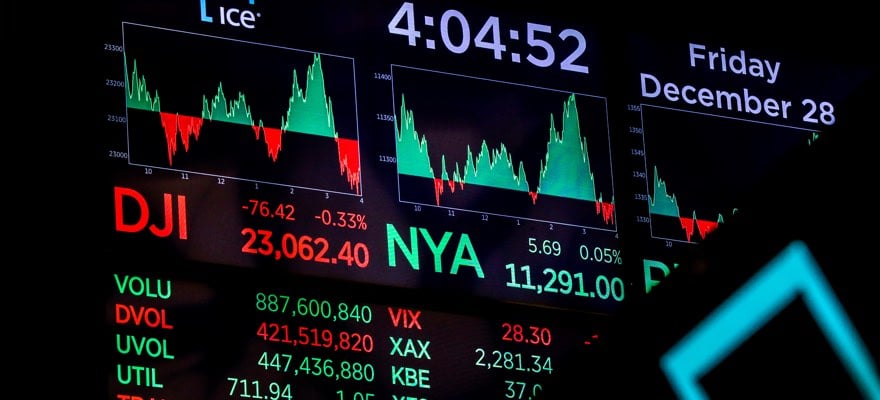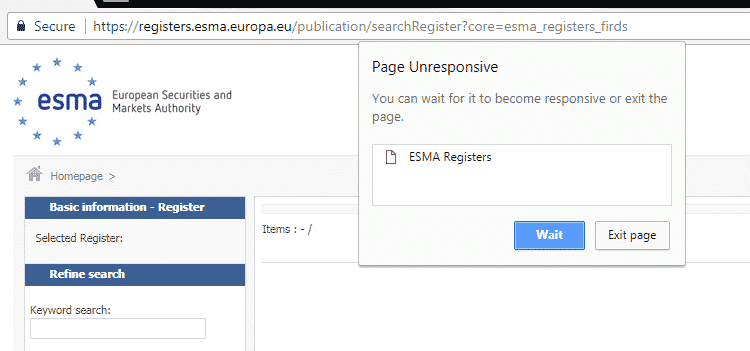Market data is the third biggest expense for many of our customers - right behind the cost of rent and maintaining their staff. So, they’ve designated teams to understand and optimize their market data liabilities. However, smaller or newer firms struggle to understand how market data fees add up and apply to their business model. The lack of clarity around market data fees results in difficulty planning annual budgets, adding complications and stress to strategy and technical teams alike.
To add clarity to this issue, this article outlines the basic market data fee types charged by exchanges for US equities, a few notable exchange-specific fees, and a break-down of the fees charged by third-party financial data vendors. With this overview, we aim to demystify market data fees and simplify budgeting for your market data infrastructure.
Basic Fee Types
Access fees
As the name implies, access fees are the fees your company pays to exchanges just for access to a given data feed. It is a monthly flat fee unaffected by how many users or subscribers are connected to the data. Access fees are paid for each individual data product, like a particular feed, used by a company.
Overall, this fee is as straightforward as it seems. However, for the Security Information Processor (SIP) feeds, this fee is differentiated according to direct and indirect access. Direct access refers to a connection to receive the data directly from an exchange via an extranet connection, co-location, or other direct access mechanisms. Indirect access refers to a connection via the internet or a feed from a third-party source. Indirect data is typically aggregated or normalized, and the related fees are lower than for direct access. Since this delineation is specific to SIPs, it is not reflected in the table below.
User fees
User fees are for display trading and are charged per-display or per screen that visualizes the data. These fees are also paid monthly. However, the cost of the monthly Payments is variable according to the number of displays in use. Fees are further distinguished based on the professional status of the users. Non-professionals are classified as any person who receives market data solely for their non-business use and who is not a securities professional.
Non-display fees
Non-display fees are paid to an exchange for the use of market data for non-display use, including trading applications like Execution algorithms, smart order routing (SORs) or market-making. How much a company is charged for non-display access varies based on the exchange providing the feed, how the feed is being used, and how many systems the feed is being used within. For example, pricing can differ between non-display data usage within an alternative trading system (ATS) versus traditional trading platforms. As with access and user fees, non-display fees are paid as a monthly subscription for as long as you use them.
Redistribution fees
The redistribution - or just distribution - fee is paid to the exchange when market data, display or non-display, is delivered to a system, person, or business other than the one that initially purchased the data. Most commonly, redistribution fees are incurred when a broker shows market data to a client or a vendor sells the market data information to a third party. Depending on factors like what exchange the data is from, what data provider is used, and if it is display or non-display data, the cost of redistribution can vary. Redistribution fees are paid whenever market data is redistributed.
As you can see in the table below, some exchanges differentiate between internal and external redistribution fees. Across the board, external redistribution fees conform to the definition in the previous paragraph. Definitions get more complicated for internal redistribution. For Cboe, internal redistribution fees function similarly to access fees and can generally be thought of simply as a stand-in for access fees. For Nasdaq feeds, there is a combination of access and internal distribution fees. In this scenario, internal distribution fees are incurred whenever you shift who receives a given data feed internally at your company. This type of internal distribution fee is typically less expensive than external distribution fees.
Important Exchange Specific Fees
In addition to Cboe’s internal redistribution fees, a few other exchange-specific quirks surrounding market data fees are worth noting. For example, Nasdaq breaks down its fee types into nearly double the number of types listed by Cboe and NYSE. This includes administration fees, combinations of access fees and internal distribution fees, subscriber fees for non-display data, and much more.
For NYSE, businesses can register their usage under three different non-display categories and are then charged fees on each registered use of a given feed. For example, a business could get non-display access to the NYSE OpenBook feed and use it in both category 1 and category 2 situations. They would be charged two non-display fees for that one feed.
The categories are outlined as follows and are consistent across the different exchanges:
- Category 1: Applies when non-display data is used by the data-receiving company on its own behalf as opposed to on behalf of its clients.
- Category 2: Applies when non-display data is used by the data-receiving company on behalf of its clients as opposed to on behalf of itself.
- Category 3: Applies to all other use cases of non-display data, including but not limited to alternative trading systems (ATS), dark pools, and trading signal solutions. Depending on how the exchanges interpret your various systems, you could be charged for category three non-display usage up to three times per feed.
Ultimately, it is up to your account manager at the exchange to decide how you will be charged for your non-display feed usage.
Market Data Provider Fees
Exchange fees are not the only costs you should consider when budgeting for market data—you also must consider what type of market data provider you are using.
There are many different market data providers to buy data from, each providing a slightly different product. No matter where data is sourced from, the costs of hardware for transporting, processing, storing, and distributing that data will exist in addition to the exchange data fees. When buying data directly from exchanges, those costs will be incurred entirely by your business. With other options, the provider may handle technology and service requirements. They will then pass on a cost to you through a fee for their services. This fee will include paying for data center rack space and power and any non-recurring engineering costs.
Also included in the market data provider fees are their own fees from exchanges -- port fees and redistribution fees. Port fees are paid by providers for direct connectivity to the exchange’s network. Similar to brokerages or asset managers, redistribution fees are also paid by third-party providers to disseminate data to customers. Each of these fees is distributed across a vendor’s customer base and contributes to the market data provider fee.
Market data fees are one of the biggest expenses to your business. It is critical to ensure you understand the fees, how they apply to your business model, and how to avoid getting overcharged. It is important to find a data provider who understands the nuances of each exchange's fees and who will work with you to figure out your costs and potential areas to save. Armed with this knowledge, you will be able to make better, more informed decisions about your market data infrastructure and budget.
| Exchange and Feed | Access Fee | User Fee (per 20 Devices) | Non-Display Fee for One Category | Redistribution Fee | |
| Internal | External | ||||
| NYSE | |||||
| NYSE Integrated | 7,500 | 1,400 | 20,000 | NA | 4,000 |
| NYSE American Integrated | 2,500 | 200 | 5,000 | NA | 1500 |
| NYSE Arca Integrated | 3,000 | 1,200 | 10,500 | NA | 3,750 |
| NYSE National Integrated | 0 | 0 | 0 | NA | 0 |
| Nasdaq | |||||
| Nasdaq TotalView | 3,000 | 1,520 | 5,000 | 1,500 | 3,750 |
| Nasdaq BX TotalView | 1,000 | 800 | 1,100A | 750 | 1,500 |
| Nasdaq PSX TotalView | 1,000 | 800 | 1,000B | 500 | 1,250 |
| CBOE | |||||
| Cboe BZX Depth | NAC | 800 | 2,000D | 1,500 | 5,000 |
| Cboe BYX Depth | NA | 200 | 1,000 | 1,000 | 2,500 |
| Cboe EDGX Depth | NA | 800 | 2,000 | 1,500 | 2,500 |
| Cboe EDGA Depth | NA | 200 | 1,000 | 1,500 | 2,500 |
| IEX | |||||
| IEX | 0 | 0 | 0 | 0 | 0 |
| Total Cost | |||||
| Total Cost per Fee Type | 18,000 | 7,920 | 48,600 | 8,250 | 28,250 |
| Grand Total | 111,020 | ||||
*This table is not meant to be an exact representation of what your company will be charged in market data fees. Fees are subject to updates from the exchanges. Check on exchange websites for up-to-date pricing. Fees are assessed at the discretion of your account manager.
A Cost for 20 subscribers at a rate of $55 per subscriber
B Cost for 20 subscribers at a rate of $50 per subscriber
C Cboe uses internal redistribution fees as a stand-in for access fees
D Cboe charges higher non-display fees for non-display alternative trading systems (ATS). Those numbers are not included in this chart.
The author of this article is Robert Anderson, Director of Sales at Exegy

















